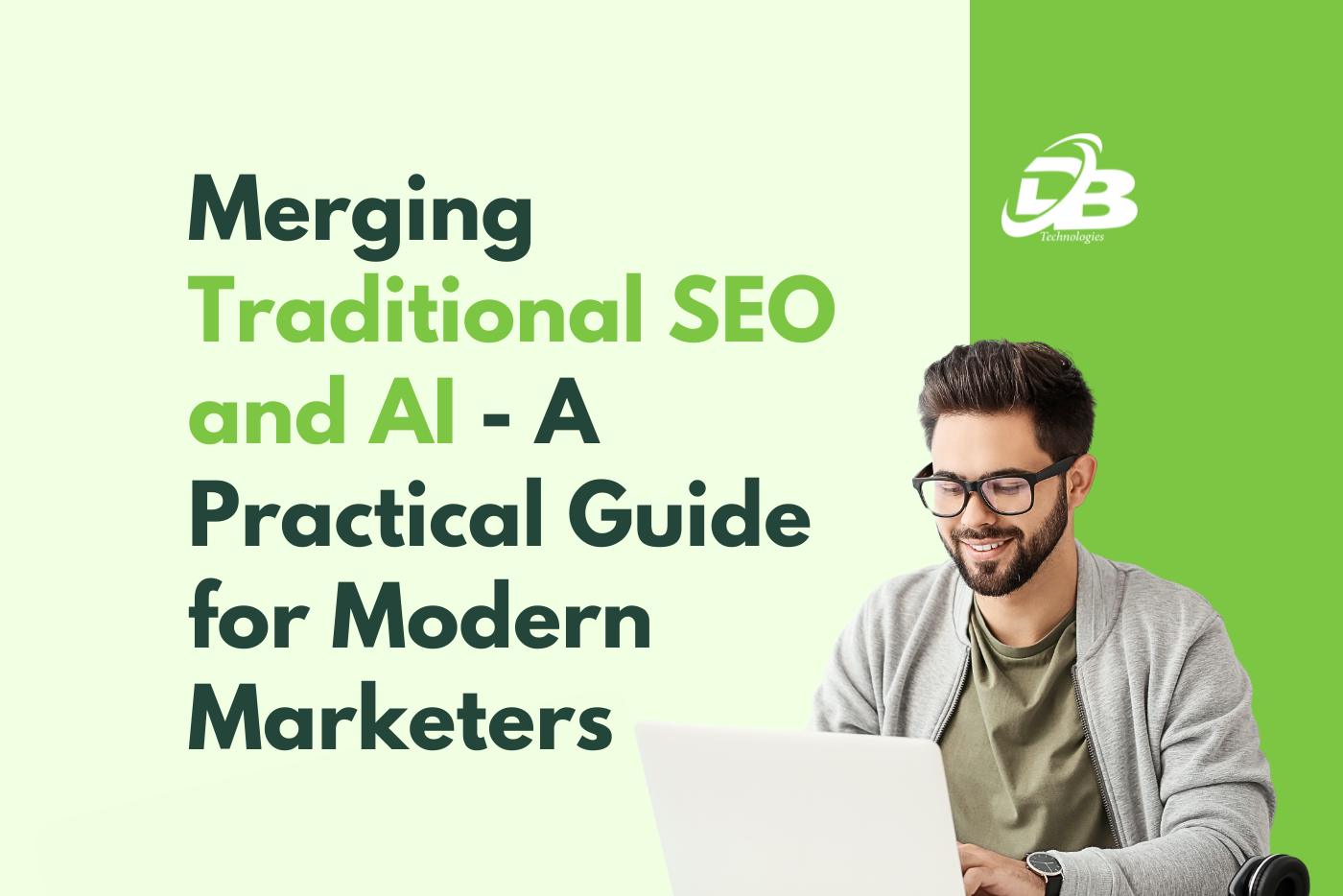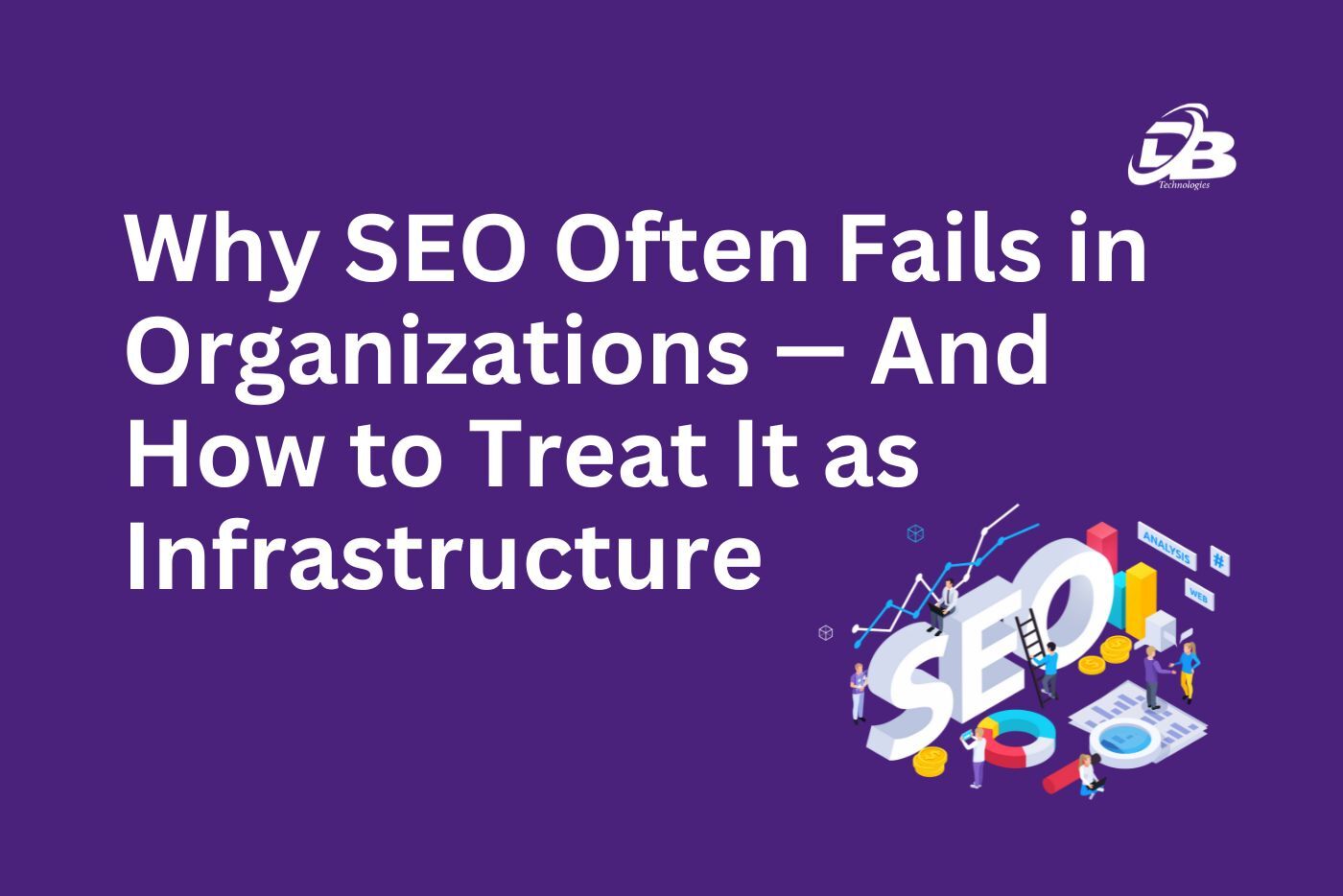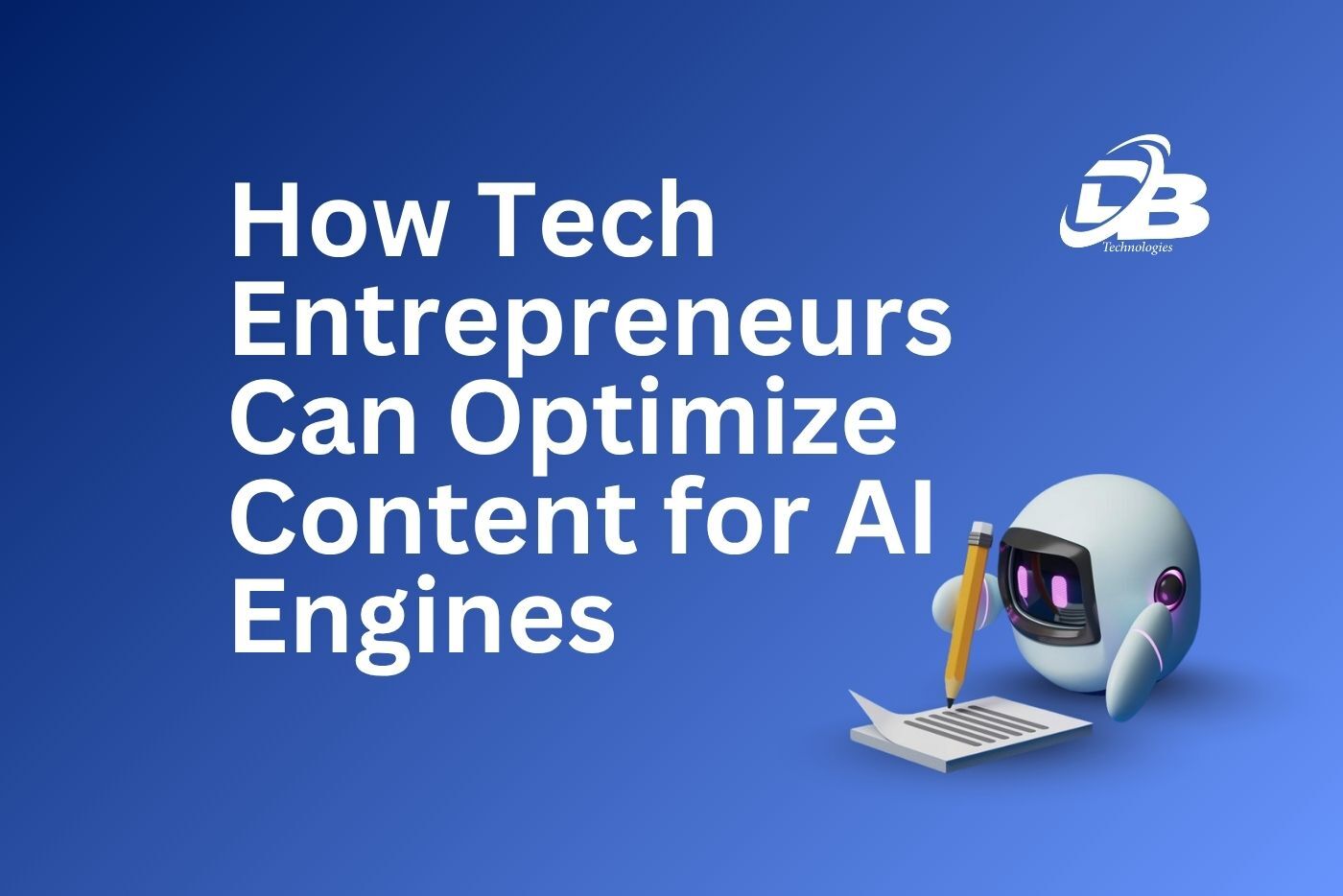
Ever poured hours into tweaking your website’s meta tags, only to watch it linger on page two of Google? Yeah, me too. Back in my early days, I’d obsess over keyword density like it was a secret code—turns out, I wasn’t alone. But here’s the kicker, SEO ain’t just about commas in titles or stuffing your headers with buzzwords anymore. The game’s changed, and guess what’s shaking things up? AI.
Now, before you panic that robots are stealing your job, relax. This isn’t about replacing the SEO tricks you’ve mastered. It’s about giving them steroids—legally. Think of AI as that over caffeinated intern who crunches data while you focus on what matters: creating content real humans wanna read.
Here’s the thing: You don’t need a PhD in algorithms. Just a willingness to let robots handle the grunt work while you sprinkle in that human magic.
What SEO Really Means
Let’s talk real—SEO sounds like one of those lingo marketers throw around to sound smart. But when you dissect it, you will se that it’s just about making sure Google doesn’t ignore your website.
Think of it like this: if your site were a party, SEO’s the friend who hands out clear directions so people actually show up. Without it? You’re stuck talking to an empty room.
Here’s the bare-bones breakdown:
Keywords
These are the words real humans type into Google. Not the stuffy phrases you think sound professional. If you’re selling, say, homemade candles, your keywords might be “non-toxic soy candles” or “birthday gifts that don’t stink.” (Pro tip: If you wouldn’t say it out loud, neither will your customers.)
On-Page Stuff
This is just organizing your content so Google—and actual people—don’t get lost. Use titles that say what the page is about (not “Welcome to My Awesome Site!”), headings that split up your rambling thoughts, and those short summaries under your page title. Oh, and quit using stock photos of handshakes. Nobody trusts those.
Backlinks
When other websites link to yours, Google assumes you’re cool. It’s like when your mom shares your bakery’s Facebook post—suddenly, her friends think you’re legit. But if sketchy sites link to you? That’s the online version of a stranger yelling about your cupcakes in a dark alley. Not helpful.
Why Bother?
Because Google’s algorithm doesn’t care how pretty your site is. It’s a robot, not an art critic. Nail the basics first, then worry about making it Insta-worth.
Why Old-School SEO Still Works
AI might seem flashy, but it’s built on the same principles. Algorithms still prioritize relevance, authority, and user experience. Ignoring SEO basics is like building a house on sand, means no amount of AI can save it.
Common Pitfalls to Avoid
One must avoid keyword stuffing, it is a classic mistake every person will commit.
Imagine, reading a sentence like “ Best Digital marketing company in Dubai in best prices.” Annoying, right? Search engines agree.
Another misstep is neglecting mobile users. Over half of global web traffic comes from phones, so a slow, clunky mobile site will hurt your rankings.
Action Steps
Without wasting time, start with SEO audit. You can do this with Google search console. Identify the loopholes in your content like missing meta tags or descriptions, broken links or over stuffing of keywords.
Finally, test your site speed using GTmetrix. If it takes longer than three seconds to load, you’re losing visitors.
AI Tools – Your Secret Weapon
Demystifying AI for SEO
Artificial intelligence isn’t about robots taking over. It’s about software that learns from data to predict trends, generate ideas, and automate tasks. For SEO, AI can analyze millions of data points in seconds—something humans simply can’t match.
Practical AI Applications
1) Keyword Research:
Tools like Ahrefs and SEMrush use AI to forecast rising keywords. Instead of guessing what might trend next year, you’ll have data-driven insights.
2) Content Optimization:
Platforms like SurferSEO scan top-ranking pages and suggest improvements. For instance, it might recommend adding subtopics like “sustainability benefits” to your candle-making blog post.
3) Competitor Analysis:
AI tools dissect competitors’ strategies, showing which keywords they rank for and where your site falls short.
The Human-AI Partnership
AI lacks nuance. It won’t understand why your local bakery’s “grandma’s recipe” story resonates with customers. Use AI for heavy lifting—crunching numbers, identifying patterns—then infuse your content with personality.
Getting Started
Pick one AI tool to experiment with. For beginners, ChatGPT is a flexible option. Ask it to brainstorm blog topics or rewrite a product description. Just remember to edit the output. AI drafts often sound generic, so add anecdotes, humor, or regional slang to connect with readers.
Blending SEO and AI for Maximum Impact
Step 1: Smarter Keyword Strategies
Traditional keyword research involves guesswork. AI eliminates this by analyzing search behavior. For example, an AI tool might notice that “zero-waste skincare” searches spiked 200% in a month. Use this intel to create content before competitors catch on.
Step 2: Content That Converts
AI can draft a blog post, but your expertise makes it unique. Say you’re writing about running shoes. An AI outline might cover durability and price ranges. You add value by explaining why trail runners need thicker soles or sharing a story about your first marathon.
Step 3: Fixing Technical Errors Effortlessly
Broken links and slow pages harm SEO. AI plugins like Yoast SEO crawl your site to flag issues. Fixing these might take minutes, but the traffic boost can last months.
Real-World Example
A boutique hotel used AI to discover that “pet friendly weekend getaways” was a trending keyword. They optimized their site with this phrase, added a blog post about traveling with dogs (including photos of the owner’s golden retriever), and earned backlinks from travel bloggers. Organic traffic grew by 120% in six months.
Advanced Techniques – Beyond Keywords and Content
AI-Driven Technical SEO Audits
Tools like Screaming Frog use AI to crawl your site like a search engine bot. They identify issues like duplicate content, redirect chains, or missing alt text. Fixing these can quietly boost rankings without flashy content changes.
Predictive Analytics for SEO
Platforms like MarketMuse predict content gaps by comparing your site to competitors. If everyone’s writing about “vegan protein powder recipes” but missing “budget-friendly vegan snacks,” that’s your opportunity.
Automating Repetitive Tasks
Use AI to auto-generate meta descriptions or alt text for images. Tools like Canva’s Magic Write even suggest SEO-friendly captions for social media posts.
Local SEO and AI – Dominating Your Neighborhood
AI Tools for Local Keyword Research
Google’s “near me” searches are gold for local businesses. AI tools like BrightLocal track hyperlocal trends. For example, a bakery in Dubai might find “gluten-free kunafa near me” is in demand—then create content around it.
Managing Google My Business with AI
ChatGPT can draft responses to customer reviews. Tools like GatherUp auto-analyze feedback to highlight common complaints (e.g ‘slow service’) so you can improve.
Case Study: Dubai Plumbing Success
A Dubai plumbing team used AI to snag keywords like “AC repair Dubai Marina” and “emergency pipe fix near me”. They revamped their Google profile and wrote a blog— “Stop Sand Clogs in Dubai Heat”—with real tips (like spotting weird pipe noises).
Result: Calls shot up 80% in 3 months.
Ethical SEO – Staying on the Right Side of Algorithms
Avoiding AI-Generated Spam
Google’s Helpful Content Update penalizes “content written for search engines, not people.” Always edit AI drafts to sound natural. Ask: Would I share this with a friend?
Ethical Backlink Building
AI tools like HARPA can find guest post opportunities, but avoid spammy link farms. Focus on partnerships with reputable sites in your niche.
Transparency with Audiences
Some readers care if content is AI-assisted. Add a disclaimer like, “We use AI to research trends, but every tip here is tested by our team.”
The Future of SEO and AI
Voice Search Optimization
Voice queries like “Hey Siri, find a 24-hour dentist near me” are longer and conversational. Tools like AnswerThePublic help you optimize for phrases like “how to fix a leaky faucet without tools.”
AI and Visual Search
Pinterest and Google Lens let users search with images. Use AI tools like Keywee to tag photos with keywords like “rustic wedding centerpieces” or “mid-century modern desk.”
Preparing for Algorithm Updates
AI tools like Pangu by Alibaba predict algorithm changes. Stay agile by testing small changes (e.g., tweaking headers) before major updates roll out.
Your Roadmap to Success
1) Audit and Plan: Use AI to identify SEO gaps, then prioritize fixes.
2) Create with Care: Let AI handle repetitive tasks, but add personal stories and insights.
3) Stay Agile: SEO and AI evolve fast. Follow industry blogs, join webinars, and tweak your strategy quarterly.
Wrapping up
All in all, SEO ain’t what it used to be. But that’s not a bad thing. By mixing the old-school basics with AI’s knack for spotting trends you can not only stay in the game, but will stay ahead of all your competitors.
To understand “How AI Rewrote the SEO Rulebook” , also give a read to this blog.












